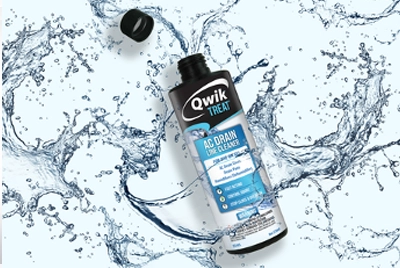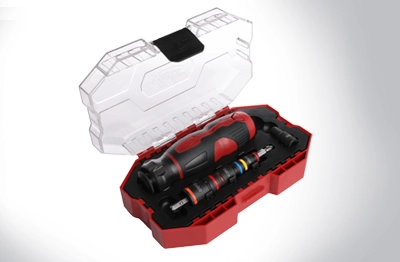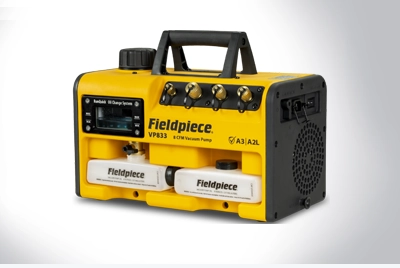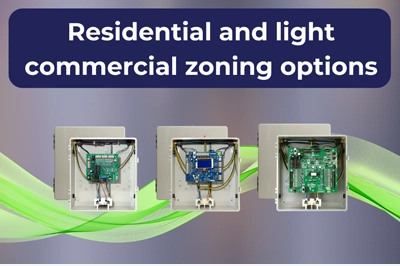A carefully crafted public relations program provides tools to cut through the clutter, relate with your public, and build credibility.
Every day thousands of promotional messages reach the eyes and ears of consumers through multiple outlets, such as television, radio, newspapers and magazines, billboards, and the Internet. It’s difficult for businesses to penetrate the clutter and deliver messages that resonate and stick with their intended audiences. A carefully crafted public relations program can take advantage of local media outlets and provide a variety of tools to cut through that clutter, creating credibility in the process and the opportunity to build goodwill among employees, customers, and the larger community. What is public relations? Simply stated, public relations is the planned and sustained effort to establish and maintain goodwill and mutual understanding between your organization and your publics — to relate to these audiences in a mutually advantageous way. Who are these publics? They are your employees, and they are the vendors who supply you with products and the things you require to accomplish your work. They are also your customers, as well as members of the community where you live and do business — anyone who touches your business and has the potential to impact your success. A public relations program at the local level can be instrumental in helping you reach these audiences through a variety of media outlets. These outlets include newspapers, radio and television stations, weekly community papers — any publication or broadcast program that transmits news and feature stories to the public. Making media outlets in your local market part of a strong public relations program can help you reach and connect with your public. In the process, the visibility you gain through an article that runs in the newspaper or a story that appears on television can establish credibility for your business. That’s because the public tends to view the media as an unbiased or independent third-party whose decision to publicize your business, product, service or event is not based on ad revenue, but rather on the perceived merit of what it is your business is doing or promoting. A public relations program can support any of a variety of events associated with your company — a new product or service, a sponsorship, a community service project, a unique or challenging installation, etc. What you choose to promote should depend on the answers to three important questions: 1. First, who are you trying to reach with a public relations program? Who is your intended audience? Is it your suppliers, your customers, your community? 2. After you have identified your audience, consider a second question. What appeals to your audience? What would attract and hold their interest? 3. Then, when you know with whom you’re talking and what they want to hear, ask what will interest the media. How can you take a story that you know will appeal to a specific audience and make it equally appealing to the media? Find out by listening to local media programming or reading their publications. This should help you to discern the type of information that is relevant to a particular media outlet. Think like a reporter It’s also helpful if you learn to think like a reporter. Find the “hook” in your story — that idea or piece of information that makes your event, product, or service unique or especially timely — and use it to sell your story to the media. Maybe it’s the introduction of a new high-efficiency air-conditioning unit that coincides with the removal of utility rate caps. Or maybe your business is working with the Make- A-Wish Foundation® to sponsor the wish of a child in your community. Selling or pitching your story begins by identifying the best contact at each media outlet you want to approach. Whether dealing with a radio or television station or a newspaper, the phonebook or Internet can provide a phone number and an address to get you started. Then, when you make a phone call, ask for the appropriate person at each outlet: the news director at a radio station; the producer or assignment editor at a television station; and the appropriate editor (e.g., news, business, lifestyle, estate, etc.) at a newspaper. When you make your initial phone call, be sensitive to the schedule of the contact. For instance, it’s a good idea to limit phone calls to radio and television stations to those times when they are not on the air. If you are calling newspaper reporters or editors, always ask if they are on deadline before making your pitch. If they are, ask when it would be more convenient to call back. When you do have the opportunity to talk with someone, get to your point as quickly as possible. Reporters are typically very busy. As part of your conversation, be certain to learn how each media outlet likes to have information submitted to them. Is it via fax, email, an email attachment, or the U.S. mail? Give them what they need In some cases, you may be asked to supply a press release, which is a formal printed announcement that describes the activity, product, service, or whatever it is you want to publicize. The release should be written in the form of a news article and given to the media to generate publicity. If you need to prepare a press release, it is important that the release contains key information. Begin by answering the questions who, what, when, where, and why? Since you are working with local media outlets, be sure to incorporate relevant, local information in the release. For example, if you are hosting an event, include the date, time and location; not only so your audience can be made aware, but also so the media can make an effort to attend, interview key people and take photographs. It’s often a good idea to include quotes in the release that can be attributed to the established spokesperson for your company. Just be sure to secure approval of the quotes before distributing the release. Identifying a company spokesperson When identifying a media-relations person or spokesperson for your company, look for a leader within your organization — someone who understands the company and is familiar with the details of the announcement being made. The spokesperson should also feel comfortable answering questions from journalists and editors and be readily available for comments around the time the press release is issued. The conclusion of a press release should include a call to action — what it is you would like the reader, viewer, or listener to do. Maybe it’s an invitation to an event. Or, it could be asking them to call your company for additional information. Whatever it is, be sure you have the infrastructure in place to support the action. If, for example, you’ve asked people to get in touch with you, be sure someone is available to answer the telephone or respond to emails. Finally, be certain the release includes the name of your company and your contact information. Attaching a photograph and a caption with the appropriate identifications is another good idea. And after you send the press release, refrain from immediately calling the media or asking when your article will run. The best surprise is no surprise If you are seeking publicity through the media, be prepared to respond if someone from the media contacts you. In addition to identifying a company spokesperson, you should identify your key messages or talking points to ensure a clear, concise, and consistent voice in the media. Since most of the time interviews will be conducted over the phone, it doesn’t hurt to have those messages written down and in front of you to use as a guide during the conversation. It’s also a good idea to practice for an interview, because this will make you a better spokesperson. Come up with a list of questions and try answering those questions using the key messages you previously identified. Practicing in front of a camera is a good way to prepare for television interviews. By watching the video, you will see areas in which you need to improve in order to effectively deliver your message. During the interview, think about your responses carefully, and assume that everything you say will be quoted. Be honest, responsive and factual, and deliver your message clearly and concisely. If you do not know the answer to a question, tell the reporter you don’t have the answer but will try and find it and call back. In the event a reporter asks to interview a customer, find out what kinds of questions he or she would like to ask your customer. Let the reporter know that you will contact a customer, and then get back to the reporter with the customer’s response. If the customer is comfortable, provide his or her contact information to the reporter. On occasion, a reporter will ask you to comment on a negative story. If this happens, listen carefully to what he or she has to say and then determine if a response would do anything to enhance the image of your business, or if it would do more harm than good. Never say “no comment,” because the audience always assumes the worst when the interviewee refuses to comment. Instead, steer the conversation in the direction you want it to go, and bridge the discussion back to your key messages. If the reporter is presenting you with incorrect information, provide facts and dates to support your side of the story. Always remain calm in the process, and remember that the goal is to convey your business in a positive light so that customers will turn to you for their hvacr needs. Local media can support public relations By building a positive relationship with the local media, you increase the likelihood of a successful public relations campaign. Know and understand the media in your area by reading the newspaper, listening to the radio or watching television to learn what they are covering and how it relates to you. Be respectful of their deadlines, and always be responsive to their needs. In doing so, the media will come to think of you as an expert in the field and turn to you as they write stories throughout the year. In addition, it’s more likely they will respond favorably when you approach them with a news release, story idea or other component of a well-structured public relations program. Abby Butt is a public relations account manager at Godfrey, a full-service, integrated business-to-business branding and marketing communications company headquartered in Lancaster, Pa. Godfrey has several clients in the HVAC&R industry. For more information, visit www.godfrey.com.





